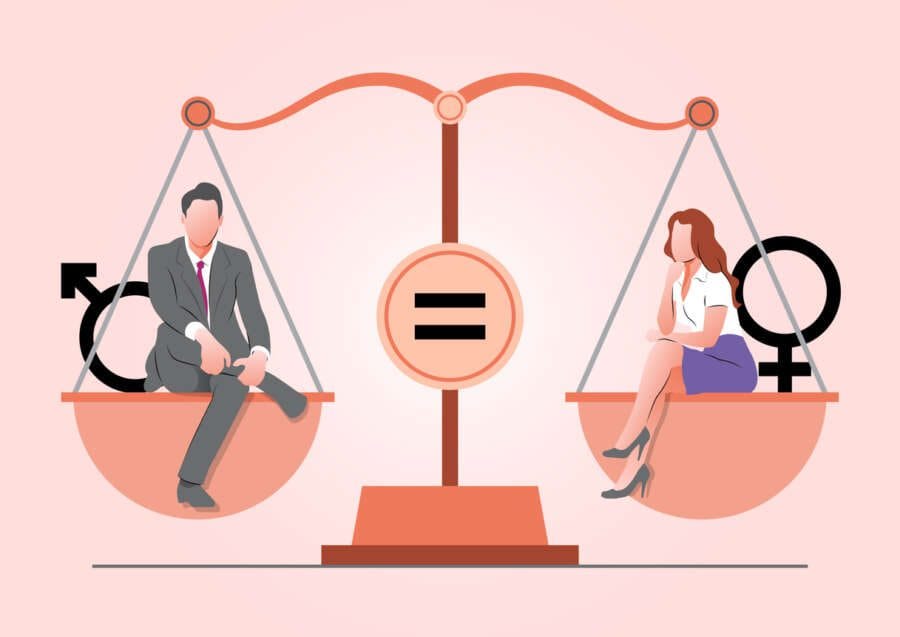
Women and people far from headquarters often need help to get recognition for their ideas. One way to help is to put all ideas on equal footing through a blinding strategy. Blinding is a process in which certain information is not made available about a person, designed to reduce the risk of bias. For example, hiding the gender, age, race, or location of one person from another.
Alongside Arne Thomas, Amsterdam Business School, Martin Wallin, Chalmers University of Technology, and Rebecka Ångström, Stockholm School of Economics, we investigated biases, blinding, and how managers evaluate employees’ ideas.
Thirty-eight innovation managers, all of whom had experience in evaluating early business ideas, were asked to evaluate ideas proposed by other employees. Each innovation manager evaluated almost 50 different ideas, of which half were blind, and half were not. In the blind condition, evaluators were given no information on the idea proposer, while in the non-blind condition, information on the employee behind the idea was made available.
To ensure that the innovation managers acted candidly in their decision-making, they were unaware that the evaluation task was part of a wider experiment.
Surprisingly, we found no bias against women and employees who did not work in the same location and unit as the innovation manager. The managers provided the same evaluation score to ideas proposed by men and women, showcasing that the gender of the idea proposer had no impact on whether they thought it was a good idea or not.
We also found that whether an evaluator shared the same unit and location as the proposer of the idea had no impact on the likelihood of the evaluator approving the idea. This suggests that simply hiding the identity of idea proposers from managers is not a cure-all for biases.
Prior research shows that nepotism and hierarchy, for instance, can impact the evaluation of an idea. Counterintuitively, our new findings show that the gender or a shared unit or location of the evaluator does not impact whether an idea is viewed more favorable and approved. Biases against these groups clearly exist in other places but may not be universal.
These findings harm the business case for implementing blinding in the workplace to prevent biases. Although blinding is technically a straightforward process and relatively cost-neutral, omitting information can have detrimental effects. For example, blinding can reduce the potential for employees with similar interests to connect with each other and learn from what other people are working on.
As evaluation is not an end goal for companies, just one of many steps from an idea to a successful product, blinding may be most helpful when implemented on a smaller scale. It can then be used to determine whether biases exist before scaling any idea evaluation initiative.
Companies should carefully test and experiment with blinding strategies to ascertain how widespread biases are in their organization as biases. It is clear that biases are not as general as we may think they are, and blinding is not the miracle one-solution for improving idea evaluation.


